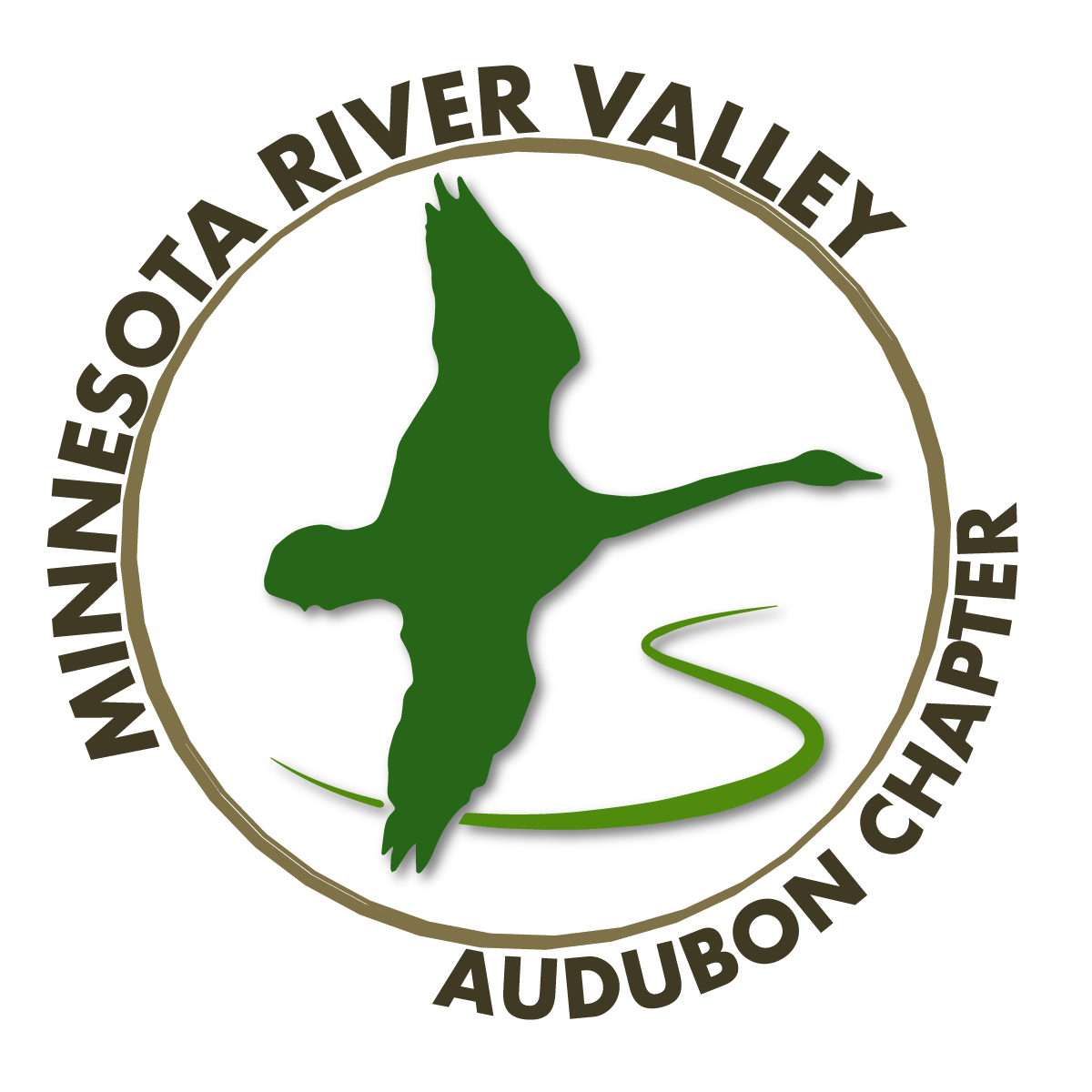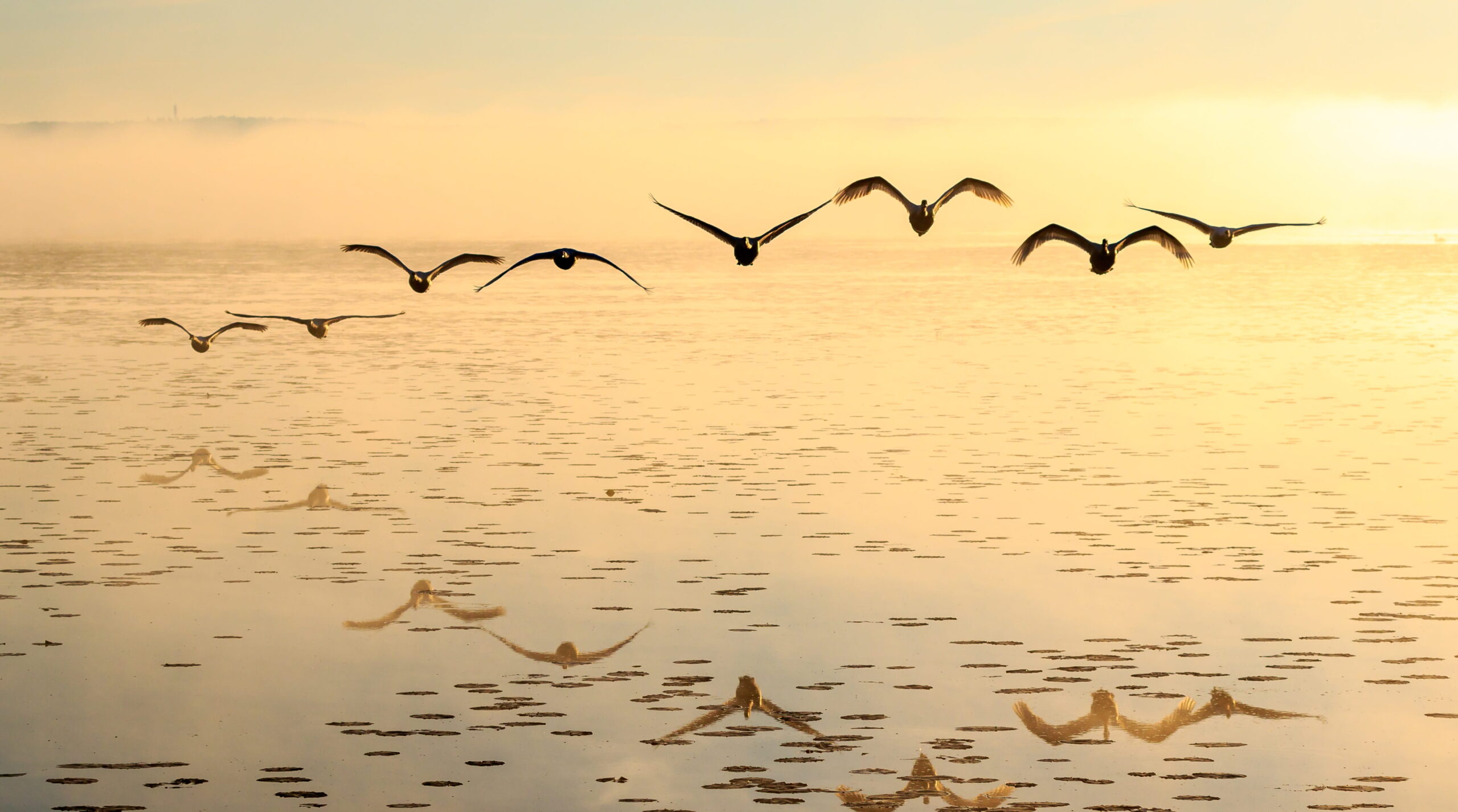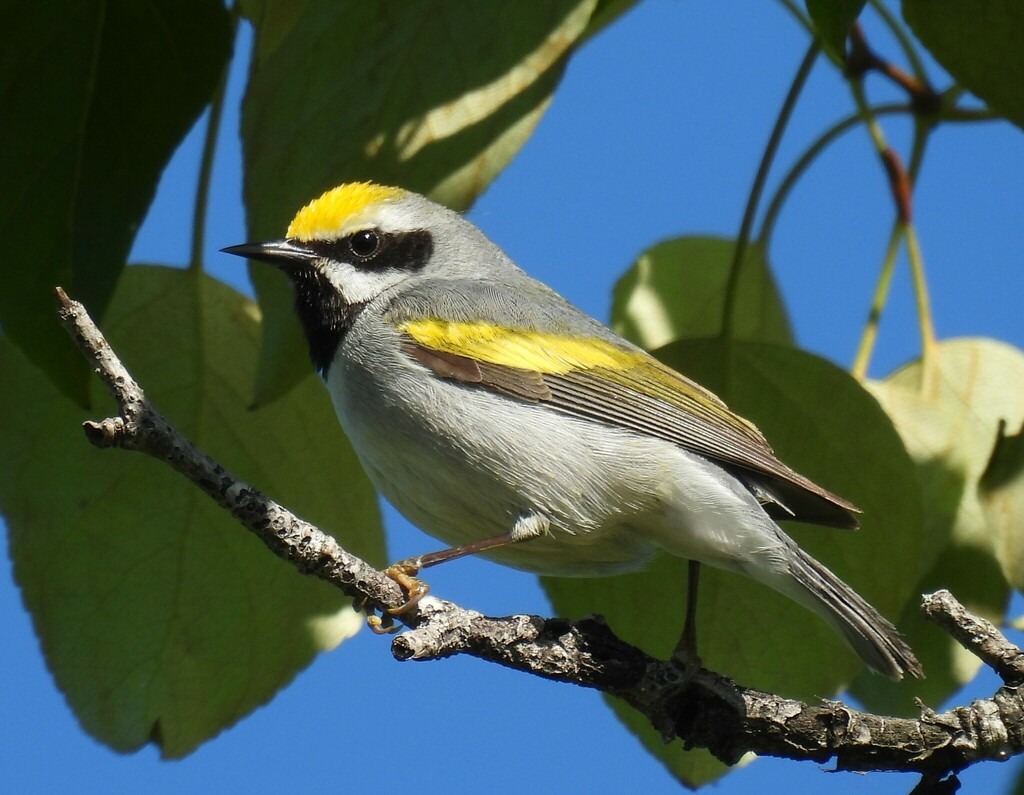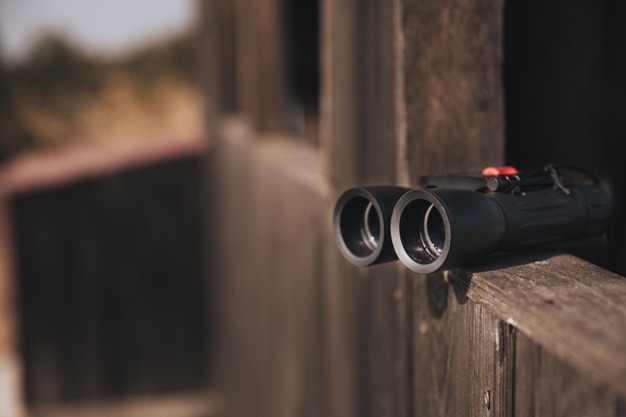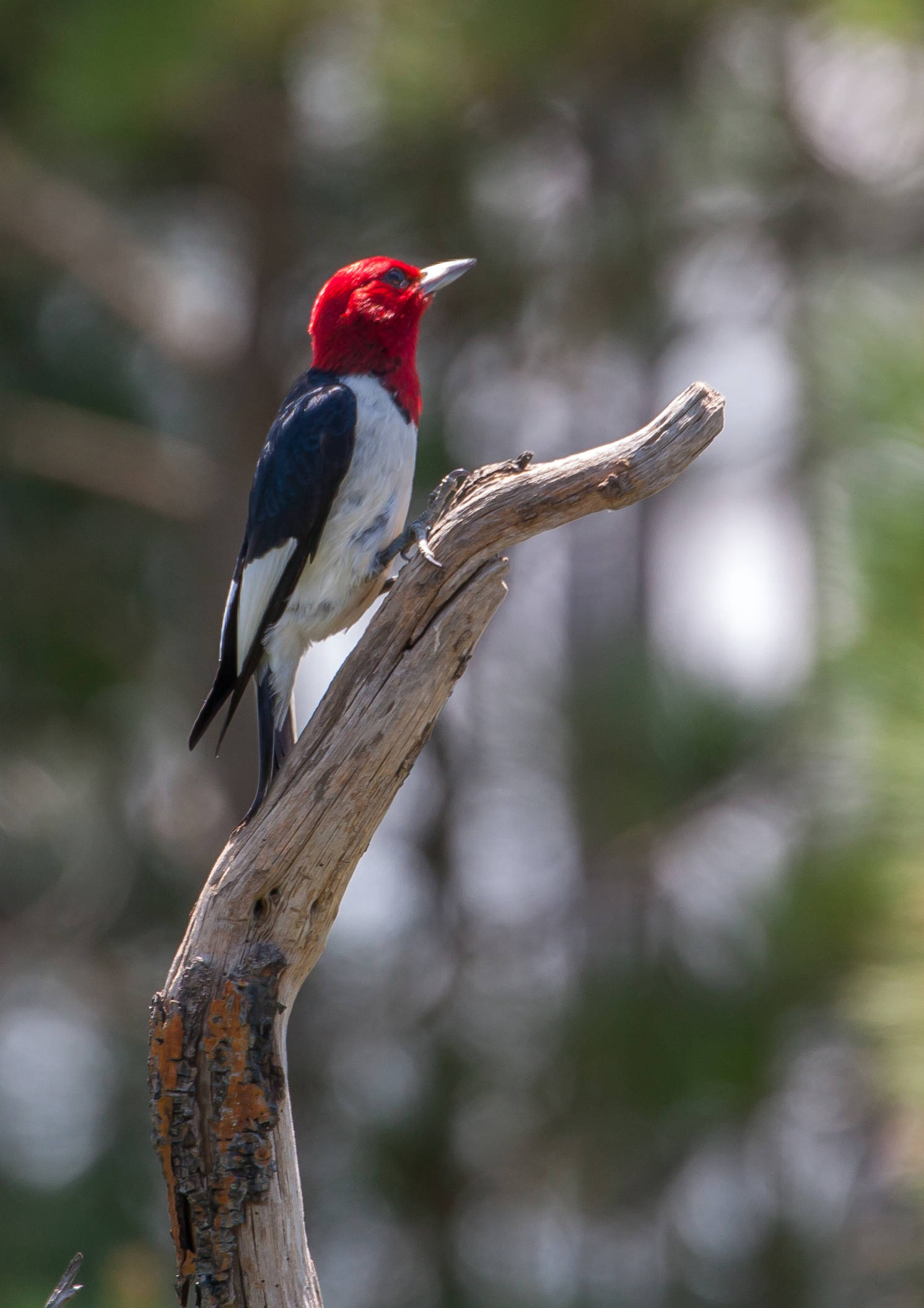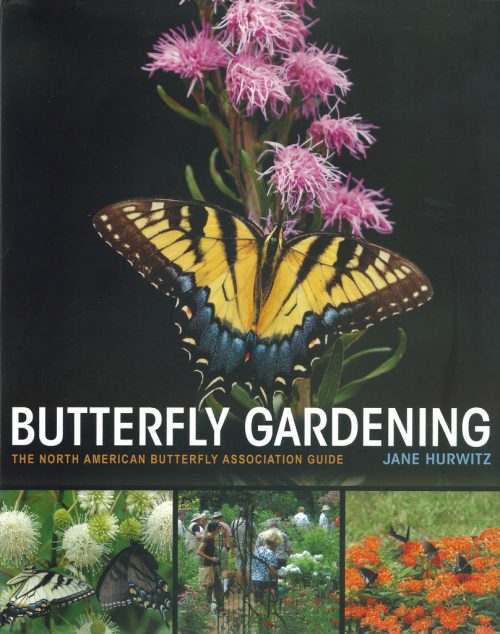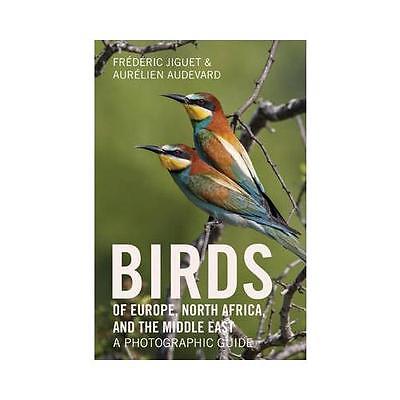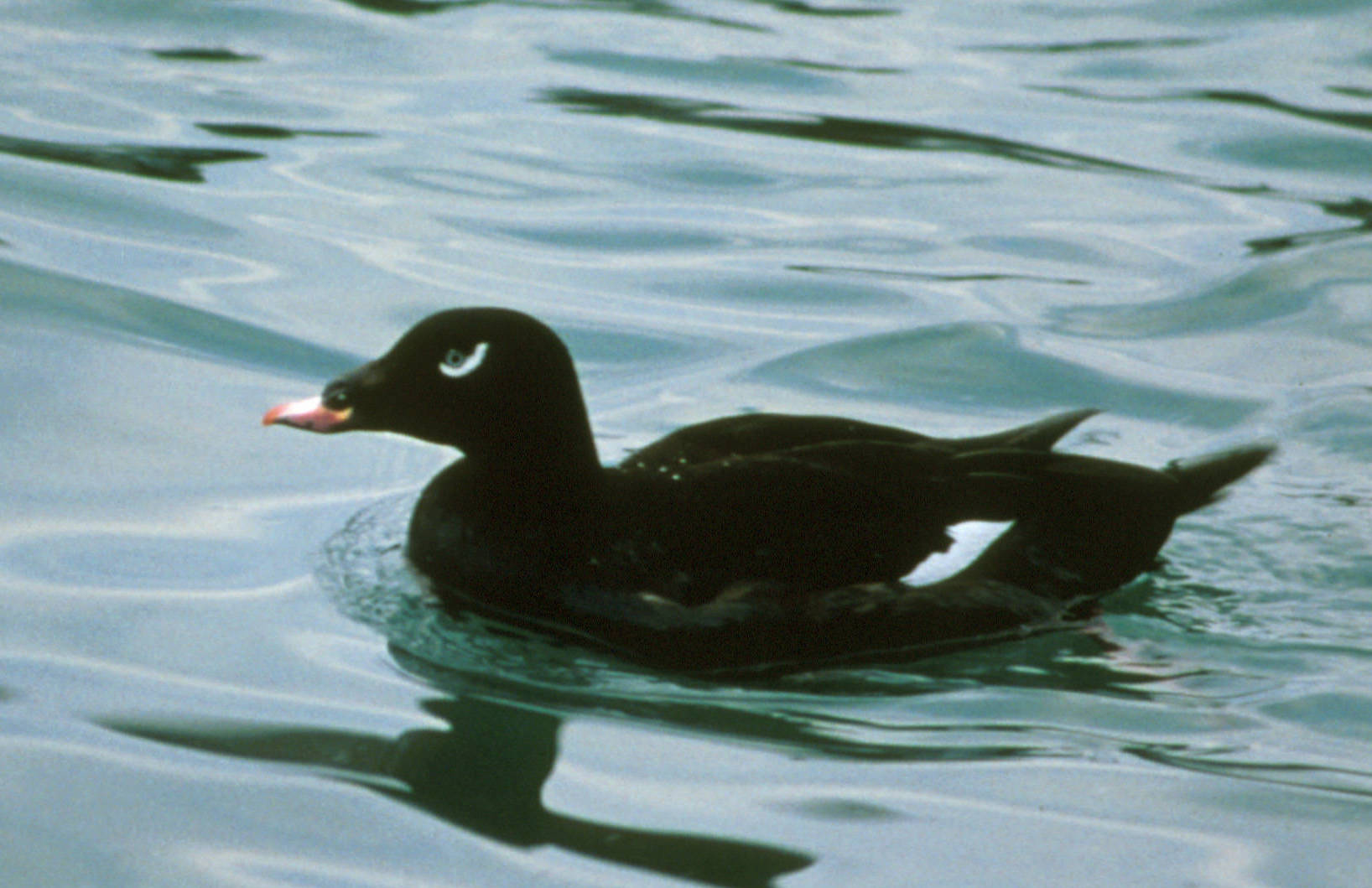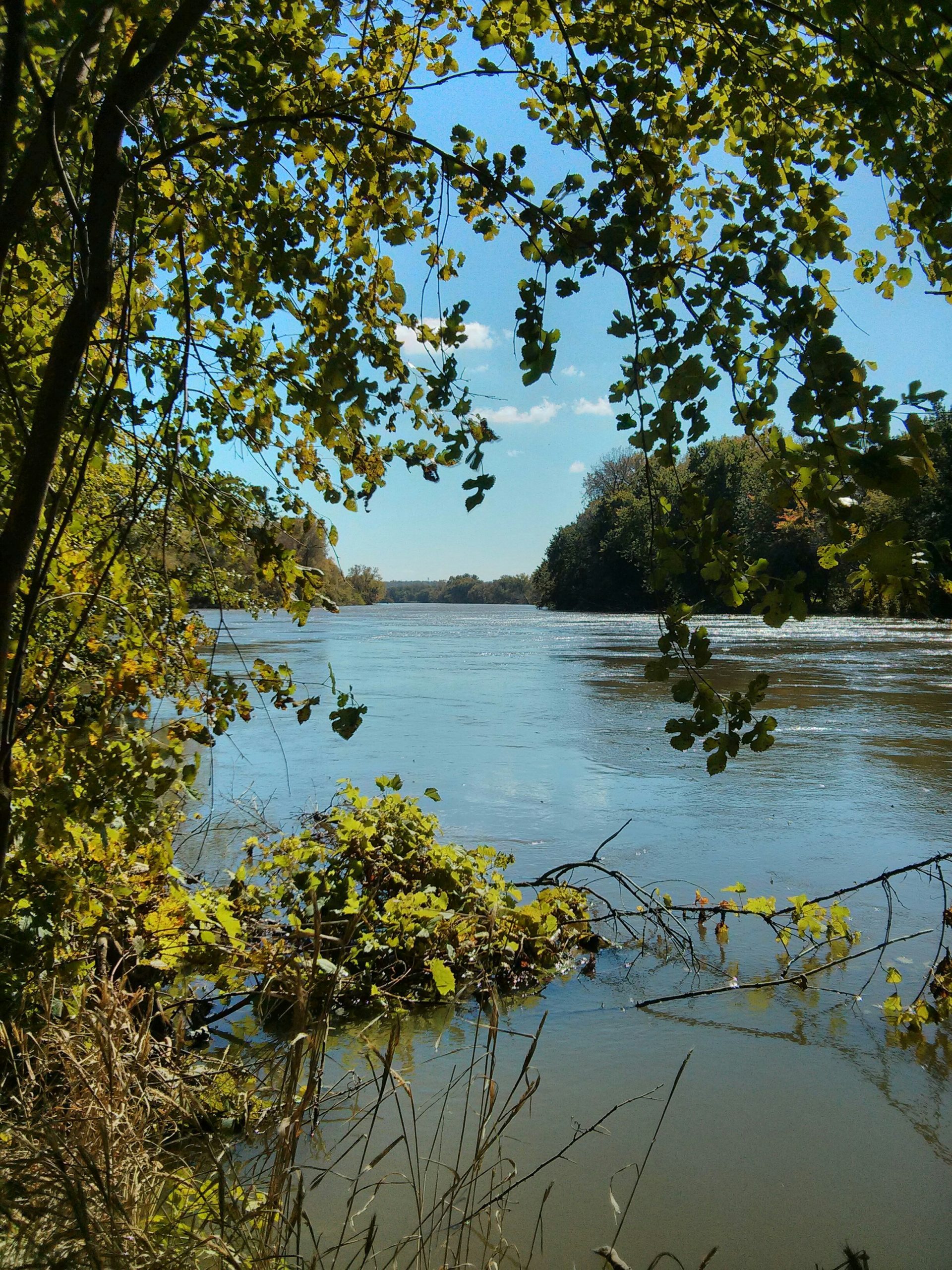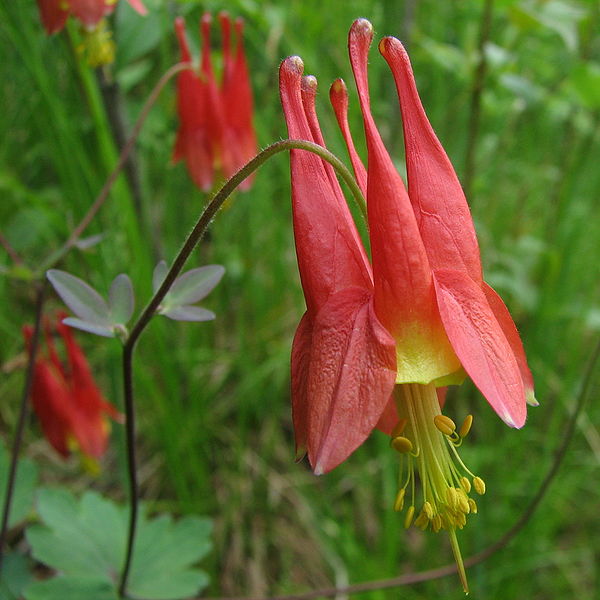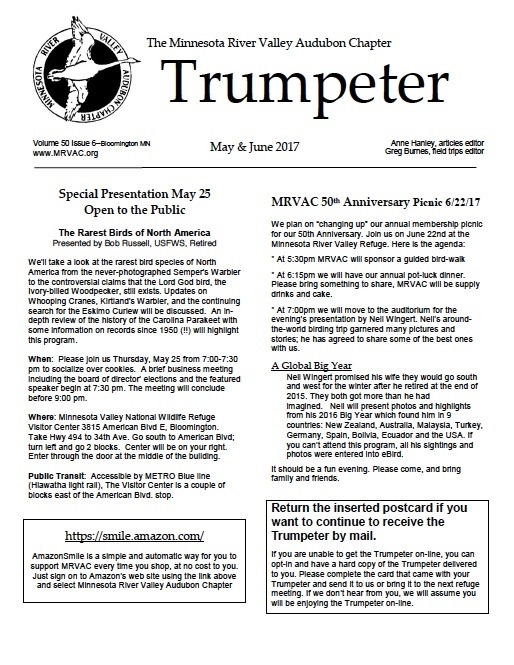Long-time MRVAC volunteer Doug Mayo passed away May 6 after a year of illness.
Long-time MRVAC volunteer Doug Mayo passed away on May 6 after a year of illness.
“He was home on hospice in my loving care when he passed peacefully,” his wife Susan reports. She said, “he bore his illness with grace and dignity to the end.” Doug was a 25-year member of MRVAC, serving as president, vice president, treasurer, and board member of the chapter at various times.
 Doug graduated from Edina-Morningside High School in 1962 and received undergraduate and graduate degrees from the University of Minnesota and Ohio University. In late 1967 he began service as a Peace Corps Volunteer in Lesotho. It was there that he began a lifetime of volunteerism. Doug served on several boards for non-profits that provided services that were near and dear to him.
Doug graduated from Edina-Morningside High School in 1962 and received undergraduate and graduate degrees from the University of Minnesota and Ohio University. In late 1967 he began service as a Peace Corps Volunteer in Lesotho. It was there that he began a lifetime of volunteerism. Doug served on several boards for non-profits that provided services that were near and dear to him.
He retired in 2006 after 34 years in real estate finance and development. In retirement, Doug became an avid birder, a hobby that took him throughout North America and elsewhere in the world. Doug frequently expressed that his life had been wonderful, but that he would miss the beauty of both nature and love.
For Doug's full obituary please see the Star Tribune posting.
May Program: “The Conservation of Golden-winged Warblers: Nesting and Fledgling Behavior and Habitat”
The Minnesota River Valley Audubon Chapter (MRVAC) invites you to join us for:
“The Conservation of Golden-winged Warblers:
Nesting and Fledgling Behavior and Habitat”
Brett Howland: Master’s student at the University of Minnesota- Duluth
Thursday, May 25 @ 7:30 PM
Golden-winged Warblers have the smallest breeding population of any non-protected bird in the United States. Their decline has been attributed to many causes such as breeding habitat loss, competition with the Blue-winged Warbler, and invasion of the Brown-headed Cowbird. In Minnesota, they breed in early successional and shrubby wetland habitat. Because these birds experience high rates of nest failure and fledgling mortality, it is important to understand how habitat influences nest survival and fledgling.
We will meet in person at the Minnesota River Valley Wildlife Refuge Bloomington Visitor Center located at 3815 American Boulevard East in Bloomington, which is also accessible after a short walk from the METRO Blue Line (Hiawatha Light Rail) at American Blvd. Join us for a social gathering at 7:00 PM. All MRVAC meetings are free and open to the public.
The meeting will be simulcast on Zoom. To join the Zoom meeting click on the link below:
https://us06web.zoom.us/j/86312929090?pwd=VTkwWThCeUdLeWQ4RnhUMUFkcjRMdz09
Meeting ID: 863 1292 9090
Passcode: 523968
One tap mobile: http://+13126266799,,86312929090#,,,,*523968# US (Chicago)
Bird-a-Thon Challenge 2020
Because of COVID-19, MRVAC has moved the 2020 Bird-a-Thon Challenge back a month to June. So don't panic: You haven't missed it. Polish up your birding skills for the 2020 MRVAC Bird-a-Thon Challenge.
We were only $25 short of raising $2,200 last year. Let’s see if we can reach $2,300 this year. This is open to all levels of birders and is a great opportunity to give back to MRVAC. Not quite ready to enter the Bird-a-Thon Challenge? Seek out a participant and offer to sponsor her/him.
What: Birding to raise money for MRVAC to fund grants
When: Any day between May 1, 2020 and May 15, 2020
Where: Anywhere in the world (This could be an opportunity for that dreamed about birding trip)
How: Sign up sponsors. Choose a day. Bird any time, or all the time between 12:01am and 11:59pm. Bird alone, in a group (socially distanced, of course), or both. Submit all donations to Walt Stull by July 1, 2020.
Some Helpful Tips:
- Don’t be afraid to ask! Most people are reluctant to ask for donations, but it is surprising howmany people are willing to help. This is especially true when they understand how the money will be used. Let potential sponsors know that they can pledge a flat rate, or to make it more of a challenge, encourage them to pledge on a per bird species basis.
- Plan your route! Pay attention to the weather and the latest reports on MOU, e-bird, and Facebook. The best results are achieved if you can visit a variety of habitats on a nice day.
- When you collect your pledges, share your birding day with your sponsors! Most will enjoy hearing about your day, especially any highlights. Making them part of your experience will help in asking for repeat sponsorships in future years.
- Be certain to use a 2020 Birdathon Sponsor Pledge Form which will help you track who your donors are and how much they have pledged. Forms can be obtained from our website here or by contacting Walt Stull at 612-889-3550 or mathemagicland@Q.com.
All donations that you collect should be submitted to Walt Stull by July 1, 2020. It is best to give the donations directly to Walt at the general meeting (4th Thursdays). If that is not possible, mail them to MRVAC at PO Box 20400, Bloomington, MN 55420.
Red-headed Woodpecker Recovery
By Jim Stengel, Red-Headed Woodpeckery Recovery
 The Red-headed Woodpecker Recovery project (RhWR) is now in its twelfth year of working to halt the decline and promote the recovery of Red-Headed Woodpeckers (RHWOs) in Minnesota through habitat preservation and restoration, research, and public education. Volunteers have done surveys of RHWOs from the project’s beginning.
The Red-headed Woodpecker Recovery project (RhWR) is now in its twelfth year of working to halt the decline and promote the recovery of Red-Headed Woodpeckers (RHWOs) in Minnesota through habitat preservation and restoration, research, and public education. Volunteers have done surveys of RHWOs from the project’s beginning.
At the University of Minnesota’s Cedar Creek Ecosystem Science Reserve in East Bethel, trained citizen science volunteers locate breeding pairs of RHWOs and their nest trees, and many continue to monitor the birds through their breeding season. Since 2017, we have also sponsored collaborative research there. Our lead researcher, Dr. Elena West, is currently planning this year’s field work, procuring tracking devices for the birds and hiring field assistants, while we are also welcoming new members, engaging new volunteers, and raising money to fund this research. We hope that you can join us in this exciting endeavor!
You Can Help
You can help by reporting RHWO sightings on eBird. If you find one or more active nests outside of Cedar Creek, let us know. If you own or manage oak savanna or property with dead or decaying trees of any kind, save the snags wherever safety and health permit, and limit understory growth in support of RHWO habitat.
If you’d like to join us as a trained citizen scientist to survey and monitor RHWOs at Cedar Creek, plan to attend an orientation there on Saturday, April 13. Or sign up for a guided tour of Cedar Creek’s RHWO nesting territory. For more on these and other opportunities, visit www.cedarcreek.umn.edu
You can also help us and the birds by joining Red-headed Woodpecker Recovery project for just $20/year.
Contributions of $150 and $210 will purchase radio-transmitters and geolocator devices that we attach to birds to study their habitat use and incubation in cavities. Contributors get to name and follow the bird wearing their device. Any amount you donate would help us match a current pledge of $2500. For updates and more information please see www.rhworesearch.org.
Donate online or make checks payable to Audubon Chapter of Minneapolis (RHWR on the memo line) and mail to Audubon Chapter of Minneapolis, P.O. Box 3801, Minneapolis, MN 55403-0801.
Book Review
 Butterfly Gardening: North American Butterfly Association Guide, by Jane Hurwitz
Butterfly Gardening: North American Butterfly Association Guide, by Jane Hurwitz
Published by Princeton University Press
This very attractive book is a good introduction to gardening for butterflies. Interspersed with lots of great photos you will find an overview of the main butterfly families and some guidance on identification. If you have enjoyed some butterflies in your yard and are thinking about making it more attractive to a wider variety of butterflies, this book is a good place to start.
Some butterfly books and articles focus only on nectar plants for your garden, but this book spends equal time on the plants that support the caterpillars. You will see that various species feed on grasses, forbs, shrubs and trees.
I also learned that not all butterflies consume flower nectar; some eat tree sap, rotting fruit and animal dung. This isn’t going to help you select plants for your front yard, but you might consider setting up a hanging shelf for watermelon rinds or other fruit.
Nearly half the book describes gardens and gardening tips for different parts of the country. The two chapters most relevant for our area are “Butterfly Gardening with Trees: Eastern Deciduous Forest” and “Prairie-Plant Inspired Butterfly Gardens: the Grasslands”.
In the Resources – Plant and Garden Design section of Butterfly Gardening, I was pleased to see Heather Holm’s book Pollinators of Native Plants: Attract, Observe and Identify Pollinators and Beneficial Insects with Native Plants.
You will also want to look for local plant information – e.g. the plant list at http://nababutterfly.com/regional-butterfly-garden-guides/ and click on the Minneapolis one, written by Kathy Heidel. Some of you will remember Kathy Heidel from her years as a naturalist with Three Rivers Park District and the MRVAC bird ID classes she co-taught with Karol Gressor.
Or try the plant list from the Xerces Society: https://xerces.org/pollinator-conservation/plant-lists/
If you want detailed information on Minnesota native plants including photos of the plant in all stages of development with details on growth habit, bloom time, color and where it is found in the state, visit https://www.minnesotawildflowers.info/
Book Review: Birds of Europe, North Africa, and the Middle East
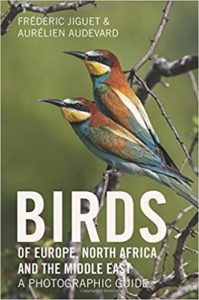 Birds of Europe, North Africa, and the Middle East: A Photographic Guide
Birds of Europe, North Africa, and the Middle East: A Photographic Guide
- By Frédéric Jiguet & Aurélien Audevard; translated by Tony Williams
- Published by Princeton University Press
- Paper list $29.95; ISBN 9780691172439
- 448 pages; 5x7 ½ ; 2,200 color photos and maps
- Publication date: March 22, 2017
This is a new field guide for the birds of Europe. It’s small enough to carry with you in the field (if you don’t mind toting a 1 ¾ lb. book). It has photographs, not drawings, and the authors have pointed out the field marks for each bird commonly found in the area, but the field marks are not emphasized as much as they might be in a drawn guide.
There are photos of the male, female, and juveniles where the plumage differs, and flight photos for many species where that might help identification. There are also some photos of vagrants that do not have the field marks identified. (European warblers tend to look pretty drab—to me—so you can get a warbler “color fix” by looking at American warblers in the vagrant section in the back, although most are shown in winter plumage.)
In the identification section of each species they give the average length or wingspan, and note any characteristic behaviors, as well as differences between races or subspecies where relevant. Where appropriate, they describe the male’s song and often the normal species contact call. Then a description of the normal habitat for the species is given where not obvious (e.g., at sea). Range maps showing the breeding, wintering and resident areas are included.
All the data is located on the same page; you don’t have to refer to a different section for any data. They have followed the “modern” taxonomic order as far as possible, but recognize that the order(s) has been subject to change in light of recent developments. Due to the changes, the scientific names may have changed from earlier guides, even if the common names are the same.
This claims to be the first comprehensive field guide to all the species recorded in Europe, including resident winter visitors, common migrants, and rarities. The guide covers 860 species, with 2,200 photographs. This is probably the best guide to have for the most recent scientific data on each species.
Birders and Birding
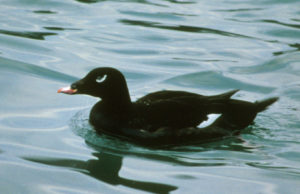 The older I get the more I like birders, the younger ones especially. Yes, we older birders are OK, even with our faults and some of us, who are really old, with our ignorance of the digital age. I would like to ask your indulgence while I do my best to relate a story of a recent bird trip made up of young birders and one old guy.
The older I get the more I like birders, the younger ones especially. Yes, we older birders are OK, even with our faults and some of us, who are really old, with our ignorance of the digital age. I would like to ask your indulgence while I do my best to relate a story of a recent bird trip made up of young birders and one old guy.
In early September I was leading a bird class for North House Folk School at the end of the Gunflint Trail. Josh Watson of Grand Marais was my very able and experienced “young” assistant. Josh did a great job in finding birds like a Golden-crowned Kinglet which I can no longer hear because of their high pitched song. A few weeks after the class my phone rang and it was Josh saying “let’s plan an October trip to Cass County to get your list for the county up to 225”, I replied “That would be just great”. The phone call ended with Josh saying, “I will get the guys (John and Chris Hockema, and Shawn Conrad) together and we will go to Cass County at the end of October and get you three species”. I didn’t have a single scoter species for Cass County so they would be the target birds for our trip. Our plans were to go to Cass County on October 26, 27 and 28.
October 26 came and it was snowing but that did not stop our heading north. I picked up Josh at his grand-mothers house in Ham Lake and we headed for our motel In Pine River, Cass County and the meeting with Shawn Conrad. The three of us headed for Walker and the sewage ponds to look for the reported Harlequin Duck, a really “choice” bird for Cass County. It didn’t take long for us to find the Harlequin Duck, # 223 for Cass County. A Harlequin Duck, a good dinner in Walker and a sound night’s sleep in Pine River really were a good start for the trip.
Early the next morning we were joined by John and Chris Hockema and to my surprise we were joined by Becca Engdahl and her friend, Alex Burchard, two young, up-and-coming and enthusiastic Minnesota birders. Our first stop was the Walker Sewage Ponds to look for the Harlequin Duck which Chris needed for his list. A long search proved futile, we could not find the bird, our first disappointment.
To make a long story short, we spent the rest of the morning touring Leech Lake, Cass Lake, and the Cass Lake Sewage Ponds in hopes of finding any species of Scoter, no luck. Shawn knew of some bogs in the area where we might find a Boreal Chickadee. Beautiful Pine Grosbeaks and Gray Jays were present but no Boreal Chickadees. The day wore on and my list stayed at 223. We were all concerned that our target species, scoters, had all but disappeared or were just not here as we had hoped. Shawn said “let’s try Lake Winnibigoshish, I know some good spots where there should be scoters”. On the way to “Winnie” we traveled through some beautiful wooded evergreen areas, all of us were thinking Black-backed Woodpecker. Mile after mile no luck, all of a sudden Shawn said “STOP”. I wondered why, I hadn’t seen or heard a thing. We stopped and we were all quiet when we heard the tap of a Black-backed Woodpecker stripping bark from a tree. We had difficulty pin-pointing the sound but finally we saw the bird on a downed log, # 224 for Cass County. It was a life-bird for Becca and she crept within 15 feet of the bird, and took wonderful photos and she said it was one of the most rewarding birding experiences she had ever had. Her experience with the woodpecker was a real treat for all of us.
Then Shawn said once again “Let’s go to Winnie, there have to be ducks on there”. We searched the bays and shoreline for over an hour without finding a single duck. Finally our luck changed and we found a bay full of water birds, grebes, both Red-necked and Horned plus a few Pied-billed Grebes and a few Long-tailed Ducks and Lesser Scaup. All of a sudden Josh hollered “there is a scoter”, all scopes went to that spot and there was a White-winged Scoter, #225 for Cass County. This turned out to be the only scoter we saw on the trip but it was a “big” one.
The light was fading but we still had time to check further on “Winnie” but to no avail. There just were not any more waterfowl to be found. We had a great meal together in Walker that evening, a few bottles of beer, lots of bird talk and then a great night’s sleep in spite of Chris’s snoring which shook the whole motel at times.
The next morning we tried the Walker Sewage Ponds again but the Harlequin had disappeared. Birding strategy was discussed and it was decided that we would go over to Lake Superior and look for the reported Red Phalarope in Lake County and the Pacific Loon in Cook County. We failed on the Red Phalarope and then we decided to split up, the young birders would go north for the Pacific Loon and I would head south for home. They got the Pacific Loon and I stopped in Two Harbors where I spotted a small group of birders looking through scopes. They were looking at a Mountain Bluebird which was a new Lake County bird for me. I drove back home a very happy birder, 225 for Cass County and a new county bird for Lake County!
Driving home from Two Harbors I was thinking about how fortunate I was to have young birding friends who were great companions and most helpful with their enthusiasm about finding and enjoying birding, it was a good ride home!
Citizen Science Opportunity: Phenology & Changing Seasonal Patterns
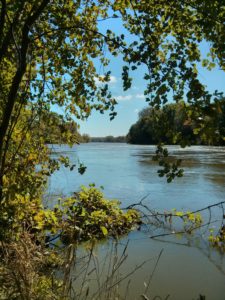 The Minnesota Valley National Wildlife Refuge has recently mapped out a series of observation points to collect data on the effects of seasonal change for several plant and animal species. These observation points are connected in a series of three "phenology trails" along the refuge. These observations provide important information to scientists in the National Phenology Network, along with our own biologists, as they seek to better understand how species are effected by changing seasonal patterns.
The Minnesota Valley National Wildlife Refuge has recently mapped out a series of observation points to collect data on the effects of seasonal change for several plant and animal species. These observation points are connected in a series of three "phenology trails" along the refuge. These observations provide important information to scientists in the National Phenology Network, along with our own biologists, as they seek to better understand how species are effected by changing seasonal patterns.
Their research depends on people like you, the citizen scientists, to help collect invaluable field data all across the nation. The data collection is done through a citizen science initiative known as "Nature's Notebook", which utilizes a user-friendly website and mobile application to aid in simple and accurate data collection.
- If you are interested in joining this campaign, please consider attending an upcoming (as yet unscheduled) workshop, where you will learn about the importance of phenology and how to use Nature's Notebook to collect data, along with finding opportunities to get involved.
For more information please contact Cortney Solum at cortney_solum@fws.gov
Support a Great Native Plant Resource
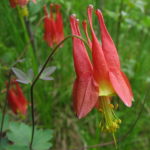 The website https://www.minnesotawildflowers.info/ is a great resource for learning about Minnesota native plants; you can find flowers by bloom date or color, for example, and lots of great photos.
The website https://www.minnesotawildflowers.info/ is a great resource for learning about Minnesota native plants; you can find flowers by bloom date or color, for example, and lots of great photos.
From the website:
Our mission is to educate Minnesotans on our native plants, raise awareness on threats like invasive species, and inspire people to explore our great state, appreciate its natural heritage, and become involved in preserving it.
Over 1,300 plant species and more than 11,000 high quality photos are cataloged here, with more added each week, working towards recording all 2100+ plant species in Minnesota.
Help support this wonderful resource by contributing now to their fundraising campaign – at press time they were half way to their $10,000 goal.
MRVAC Newsletter Distribution
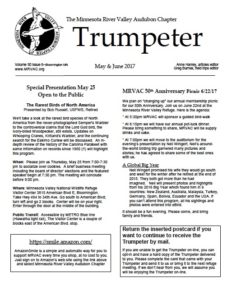 MRVAC's newsletter, The Trumpeter, is a valuable tool for communicating what is going on in the environmental community, great book reviews, updates on birding events and more.
MRVAC's newsletter, The Trumpeter, is a valuable tool for communicating what is going on in the environmental community, great book reviews, updates on birding events and more.
However, the challenge is that printing the Trumpeter costs MRVAC close to $4,000 per year. That is a substantial part of our budget that could be invested in supporting youth programs, birding events, and more. Therefore, we are asking those who have access to the internet to go to our new website - mrvac.org/newsletter - and download or read the Trumpeter on-line.
If you want an email reminder when the new Trumpeter has been posted on the web site, you can sign up on the Newsletter page.
If you are unable to get the Trumpeter on-line, you can opt-in and have a hard copy of the Trumpeter delivered to you. Please complete the card that came with the May/June Trumpeter and send it to us or bring it to the next refuge meeting. If we don’t hear from you, we will assume you will be enjoying the Trumpeter on-line.
